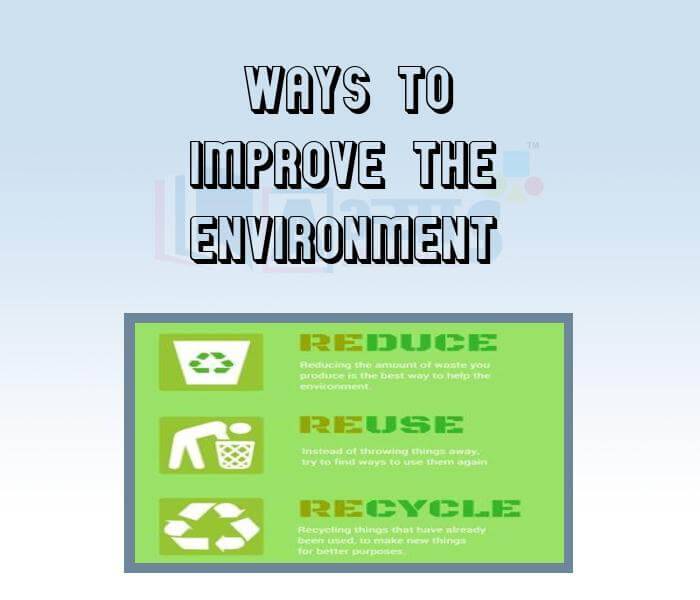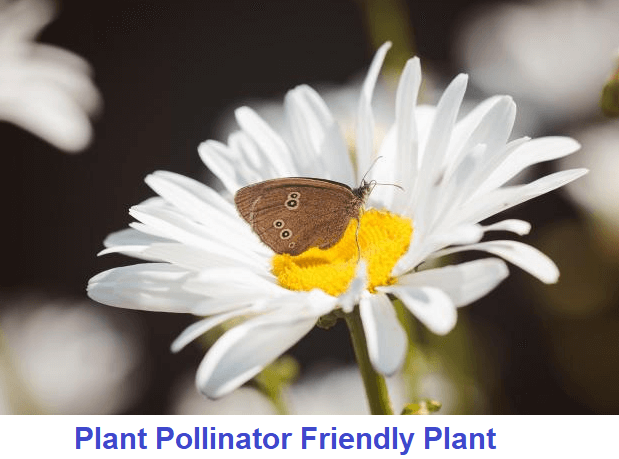Ways to improve the environment





Ways to improve the environment
Keep your garden or greenspace chemical free.
Cut down on your use of herbicides and pesticides. These chemicals kill butterflies, moths and other pollinating insects, such as ladybirds, beetles and spiders – the natural enemies of your garden pests.
Don’t buy single-use plastics
Pop a flask or reusable bottle in your bag next time you are out and about. Make this a habit and cut your weekly bottle buying altogether, stopping 52 bottles ending up in landfills and oceans. More than 2,600 plastic bottles a year would be stopped from entering our environment altogether if just 50 people packed a flask instead of buying a bottle. Small changes can make a big difference.
Shop locally, shop organically.
If you have the chance, buying fresh organic food is a great way to support local farmers, reduce your carbon footprint and support nature with your food choices.
Record the wildlife near youRecording the wildlife where you live provides vital information which helps conservationists protect the environment. The information is used by the government to reveal the health of the environment at national, UK and European levels.
Re-use and Recycle.
Reducing the amount of “stuff” you consume has the greatest benefits for the planet. It’s best to avoid waste in the first place, so think more carefully about your purchases. Re-using items saves the natural resources and energy needed to manufacture new ones - as well as saving money.
Plant pollinator-friendly plants.
Help butterflies, moths and other pollinators without breaking the bank, by adding a container of nectar plants to your doorstep, balcony or back garden this spring. Plots For Pollinators is a project for everyone; you don’t need a garden or green fingers to be able to grow a plant that will help our struggling butterflies and bees.
Conserving water at home is one of the easiest ways to protect the environment. Think of all the times you consume water, both inside and outside your home; then, make adjustments as you can.
For example:




Proper management of the environment is important so that | |||
| Right Option : D | |||
| View Explanation |
Best source of renewable energy is ___________________ | |||
| Right Option : D | |||
| View Explanation | |||
_______________________ of the following step is favorable for environment. | |||
| Right Option : A | |||
| View Explanation | |||
Students / Parents Reviews [10]
A marvelous experience with Abhyas. I am glad to share that my ward has achieved more than enough at the Ambala ABHYAS centre. Years have passed on and more and more he has gained. May the centre flourish and develop day by day by the grace of God.

Archit Segal
7thBeing a parent, I saw my daughter improvement in her studies by seeing a good result in all day to day compititive exam TMO, NSO, IEO etc and as well as studies. I have got a fruitful result from my daughter.

Prisha Gupta
8thAbhyas is a complete education Institute. Here extreme care is taken by teacher with the help of regular exam. Extra classes also conducted by the institute, if the student is weak.

Om Umang
10thAbhyas Methodology is very good. It is based on according to student and each child manages accordingly to its properly. Methodology has improved the abilities of students to shine them in future.

Manish Kumar
10thMy experience was very good with Abhyas academy. I am studying here from 6th class and I am satisfied by its results in my life. I improved a lot here ahead of school syllabus.

Ayan Ghosh
8thIt was a good experience with Abhyas Academy. I even faced problems in starting but slowly and steadily overcomed. Especially reasoning classes helped me a lot.

Cheshta
10thOne of the best institutes to develope a child interest in studies.Provides SST and English knowledge also unlike other institutes. Teachers are co operative and friendly online tests andPPT develope practical knowledge also.

Aman Kumar Shrivastava
10thIt has a great methodology. Students here can get analysis to their test quickly.We can learn easily through PPTs and the testing methods are good. We know that where we have to practice

Barkha Arora
10thIt was good as the experience because as we had come here we had been improved in a such envirnment created here.Extra is taught which is beneficial for future.

Eshan Arora
8thMy experience with Abhyas is very good. I have learnt many things here like vedic maths and reasoning also. Teachers here first take our doubts and then there are assignments to verify our weak points.
